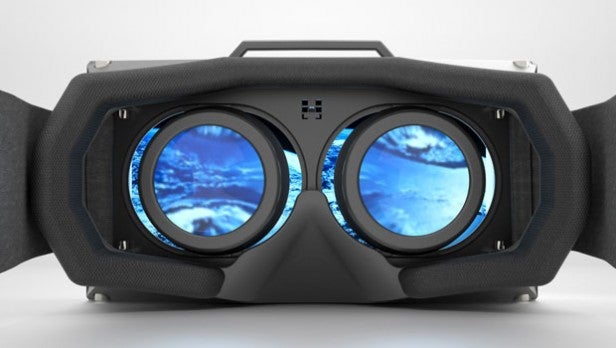Introduction to VR/AR technology
Potential benefits of VR/AR
Disconnection from reality
Loss of touch with the physical world
Difficulty distinguishing between virtual and real experiences
Social isolation and decreased human interaction
Lack of face-to-face communication
Impact on relationships and social skills
Physical health concerns
Eye strain and visual discomfort
Increased sedentary behavior and lack of physical activity
Psychological effects
Addiction and escapism
Negative impact on mental health
Ethical and moral dilemmas
Blurring of boundaries between reality and fantasy
Potential for misuse and manipulation
Limitations and constraints of VR/AR technology
Cost and accessibility issues
Technical glitches and limitations
Balancing the benefits and drawbacks of VR/AR
Conclusion
The Bad Effects of VR/AR
Virtual Reality (VR) and Augmented Reality (AR) technologies have revolutionized the way we perceive and interact with the digital world. With their immersive experiences and endless possibilities, they have opened up new frontiers in various fields such as gaming, education, healthcare, and more. However, along with the many positive aspects of VR/AR, there are also negative effects that need to be considered. In this article, we will explore the detrimental impacts of VR/AR on individuals and society as a whole.
1. Disconnection from Reality
One of the major concerns with VR/AR is the potential for users to become disconnected from the physical world. While the immersive experiences offered by these technologies can be captivating, they can also lead to a loss of touch with reality. Users may find it increasingly difficult to distinguish between virtual and real experiences, blurring the boundaries between the two. This can have profound effects on their perception and understanding of the world around them.
2. Social Isolation and Decreased Human Interaction
VR/AR experiences often take place in solitary environments, which can contribute to social isolation and a decrease in face-to-face human interaction. Users may spend extended periods engrossed in virtual worlds, neglecting real-life relationships and social interactions. The lack of non-verbal cues and physical presence in virtual environments can also impact the development of social skills, making it harder to communicate effectively in real-world scenarios.
3. Physical Health Concerns
Extended use of VR/AR devices can lead to various physical health concerns. Prolonged exposure to virtual environments may cause eye strain, visual discomfort, and even motion sickness in some individuals. The need to wear headsets and remain stationary for extended periods can also result in increased sedentary behavior, leading to a lack of physical activity and associated health issues.
4. Psychological Effects
VR/AR has the potential to become addictive, leading to escapism and neglect of real-world responsibilities. The ability to enter virtual worlds that offer exciting and immersive experiences can be enticing, leading individuals to spend excessive amounts of time in these environments. This can have a negative impact on mental health, exacerbating feelings of loneliness, anxiety, and depression.
5. Ethical and Moral Dilemmas
As VR/AR blurs the boundaries between reality and fantasy, it raises ethical and moral dilemmas. The ability to create and experience scenarios that are indistinguishable from reality opens up possibilities for misuse and manipulation. The impact on personal values, beliefs, and behaviors can be profound, and the line between right and wrong may become increasingly blurry.
6. Limitations and Constraints of VR/AR Technology
While VR/AR technology has advanced significantly in recent years, it still has limitations and constraints. Cost and accessibility issues prevent widespread adoption, limiting the benefits to a select few. Technical glitches and limitations in the technology itself can also hinder the overall experience and contribute to frustration among users.
7. Balancing the Benefits and Drawbacks of VR/AR
It is important to recognize and address the negative effects of VR/AR while also acknowledging the potential benefits they offer. Striking a balance between leveraging the advantages and mitigating the drawbacks is crucial for responsible usage and development of these technologies. Education, awareness, and responsible design can help minimize the negative impacts and maximize the positive potential of VR/AR.
Conclusion
While VR/AR technologies have immense potential to enhance our lives and open up new possibilities, it is important to consider their negative effects. Disconnection from reality, social isolation, physical health concerns, psychological effects, ethical dilemmas, and limitations are among the challenges that need to be addressed. By being aware of these issues and striving for responsible usage, we can ensure that VR/AR technologies contribute positively to our society and overall well-being.





No comments:
Post a Comment